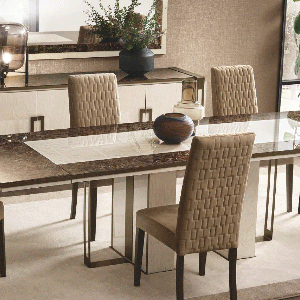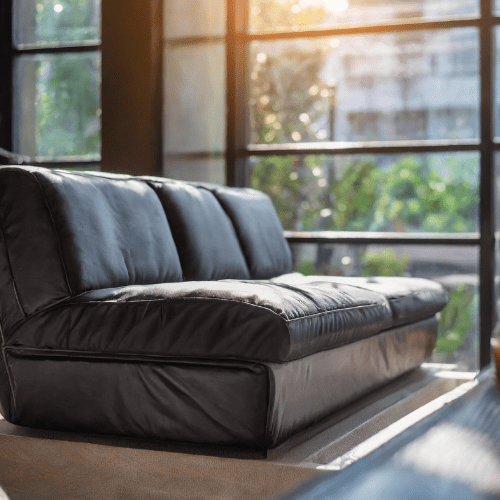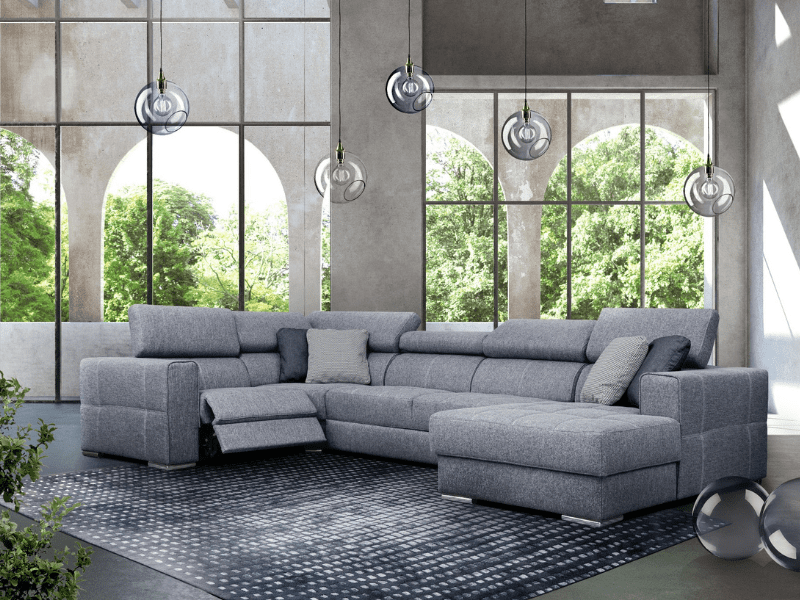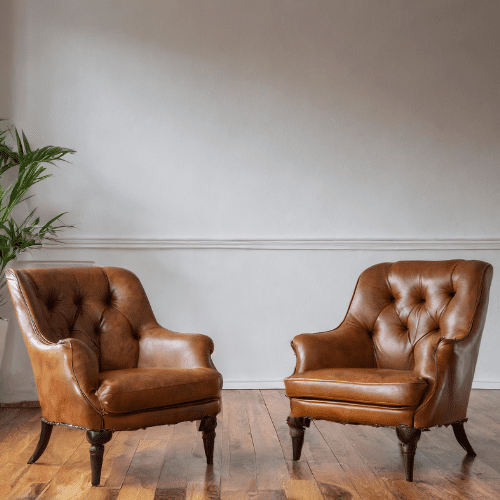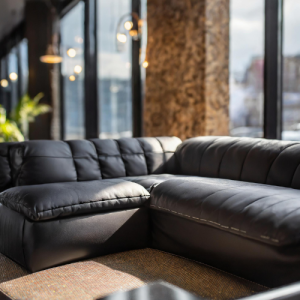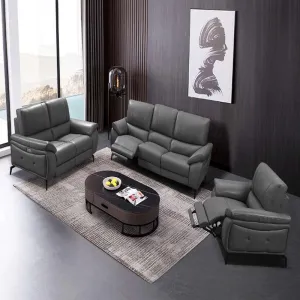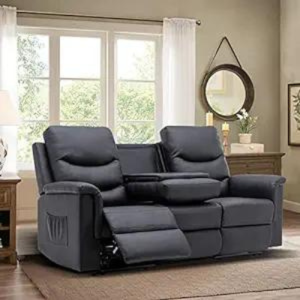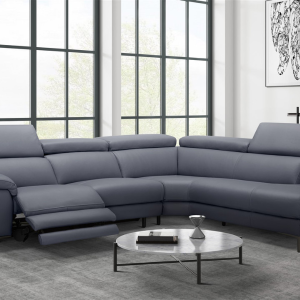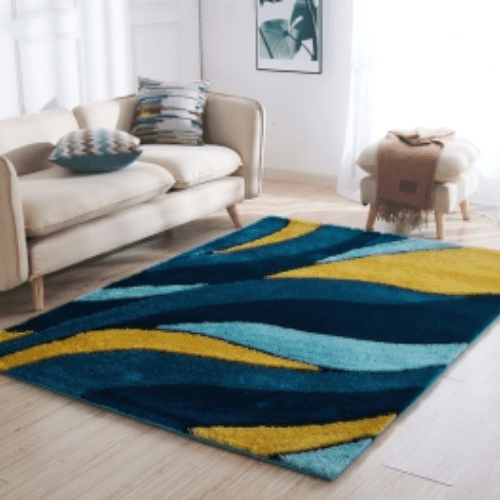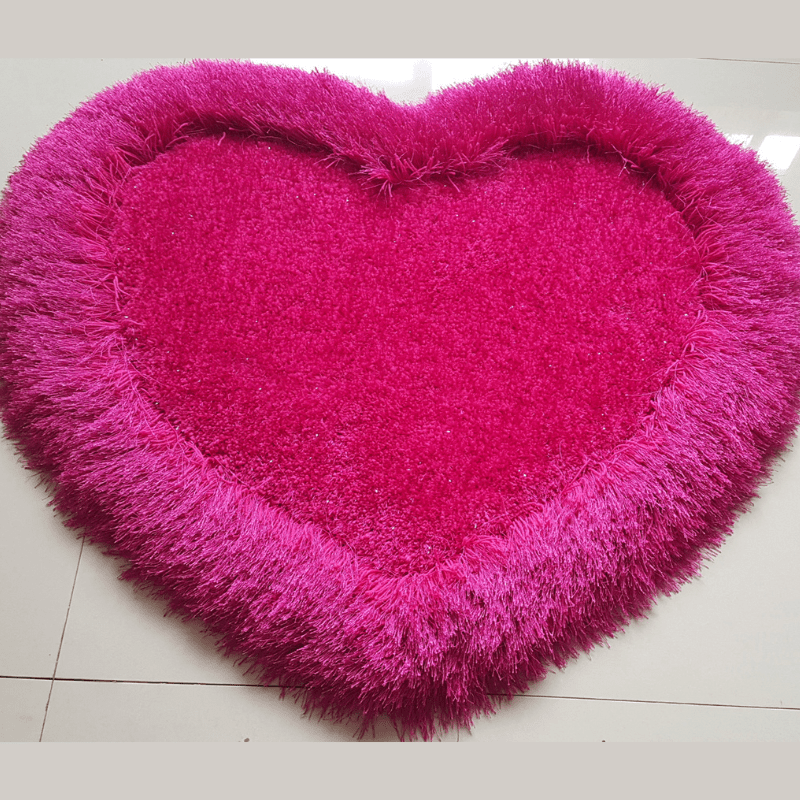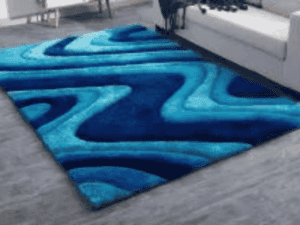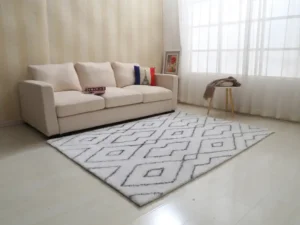How to Choose the Perfect Rug for Your Living Room

Choosing the perfect rug for your living room can transform your space, bringing personality, comfort, and safety. Rugs for living room add a finishing touch, making your room look well-proportioned and harmonious with your decor. They highlight the beauty of hardwood floors, help define areas, and can be easily removed for cleaning, often costing less than broadloom. To find out how to choose the ideal rug for your living room and why area rugs for living room might be the best choice over wall-to-wall carpeting, keep reading. How to Choose the Perfect Rug for Your Living Room
Nowadays, a room isn’t complete without a rug, especially in the living room. Adding a rug can pull the room together, but with so many options available, the process can be overwhelming. From various sizes and materials to patterns, colors, and price points, choosing a living room rug requires careful consideration. If you’re in the market for a new rug, our handy 6-step guide on how to pick a living room rug is packed with great ideas to help you find the perfect rug for your lifestyle and home! rugs for living room
4 Things to Consider When Choosing a Living Room Rug
Area Rug Sizes
When choosing area rugs for living room, getting the size right is crucial to achieving a balanced and polished look. A common mistake is not placing all the legs of your furniture on the rug, which can make the room appear unfinished or unbalanced. Ideally, all the legs of your sofas, chairs, and tables should sit on the area rug. If space or budget constraints make this impossible, ensure at least the front legs of your large upholstered pieces are on the rug while the back legs remain off. Rugs for living room come in many standard sizes, such as 3 by 5 feet, 4 by 6 feet, 5 by 7 feet, and so on, up to custom sizes, allowing you to find the perfect fit for your space.
Shapes
When selecting rugs for living room, the shape of the rug can significantly impact the room’s overall aesthetic. While rectangular or square area rugs for living room are commonly used under seating arrangements, considering round, oval, or octagonal shapes can add a unique touch. These shapes are perfect for accentuating round or oval coffee tables. To choose a round rug, measure from the center of your living room to the outside edge of the seating area. Double this measurement to determine the diameter. For example, if you measure 4 feet from the center to the couch’s edge, an 8-foot diameter area rug would be ideal. This ensures the rug complements your space beautifully, adding a harmonious and stylish element to your decor. How to Choose the Perfect Rug for Your Living Room
Colors and Patterns
Flooring has a significant impact on the overall look of a living room, and choosing the right rugs for living room can enhance your space dramatically. When selecting area rugs for living room, consider the following tips to ensure your rug complements your decor. A patterned area rug can add color and interest to a room with neutral furniture and walls, while a darker patterned rug helps hide dirt and spills. For eclectic decor, a solid-colored area rug in a neutral shade can blend seamlessly. To avoid clashing hues, pull one or two colors from your existing decor to guide your rug choice, creating a harmonious and visually appealing space. How to Choose the Perfect Rug for Your Living Room
Materials and Textures
When choosing rugs for living room, the material and texture play a crucial role in both comfort and maintenance. Consider how you want the rug to feel underfoot and the level of upkeep you’re willing to invest. For example, luxurious silk or leather area rugs for living room offer a sophisticated look but can be challenging to clean. area rugs for living room
Here are some pros and cons of common rug materials:
Wool: Adds warmth and softness, is durable, and stain-resistant but can be pricey and requires professional cleaning.
Sisal and Jute: Made from durable plant fibers, they offer a natural look and feel. Sisal is more durable, while jute is softer. These rugs are typically neutral and require spot cleaning.
Cotton: Ideal for a casual vibe, cotton rugs are lightweight, washable, but may not cover large spaces.
Synthetics (Nylon and Polyester): Durable, fade-resistant, and easy to clean. Nylon is more durable than polyester.
Viscose: Offers the look and feel of silk or wool at a lower cost but isn’t as durable or stain-resistant.
Acrylic: Used in faux fur or synthetic hides, acrylic rugs are affordable and need hand-washing or spot-cleaning.
Hides: Genuine cowhide or sheepskin rugs are durable, mold-resistant, and require minimal maintenance but are typically limited in size and can be expensive.
Selecting the right material ensures your area rug not only complements your living room’s decor but also meets your practical needs.
Multiple Rugs
Adding multiple rugs for living room can enhance texture and better define your space. Layering area rugs for living room offers flexibility in design and functionality. For instance, placing an area rug on top of wall-to-wall carpet can create a focal point. During colder months, layer a large sisal or jute rug with a thick, fluffy faux fur rug to add warmth and coziness. In warmer months, switch out the fur rug for a flatweave rug to achieve a lighter, cooler feel. Using a seasonal area rug as a top layer allows for easy swaps and keeps your living room fresh and inviting throughout the year.

